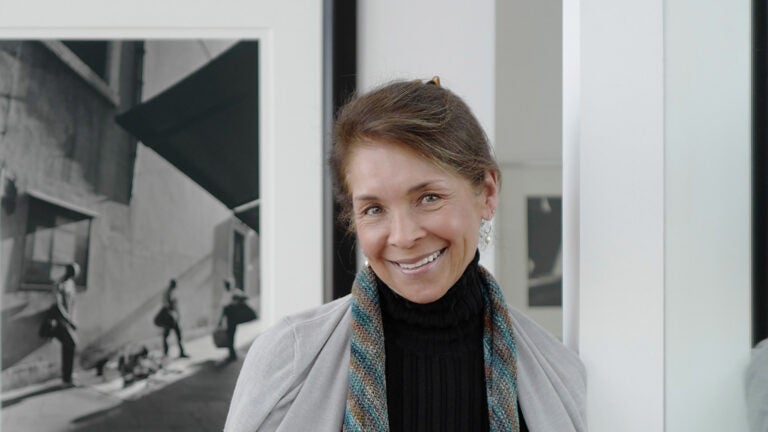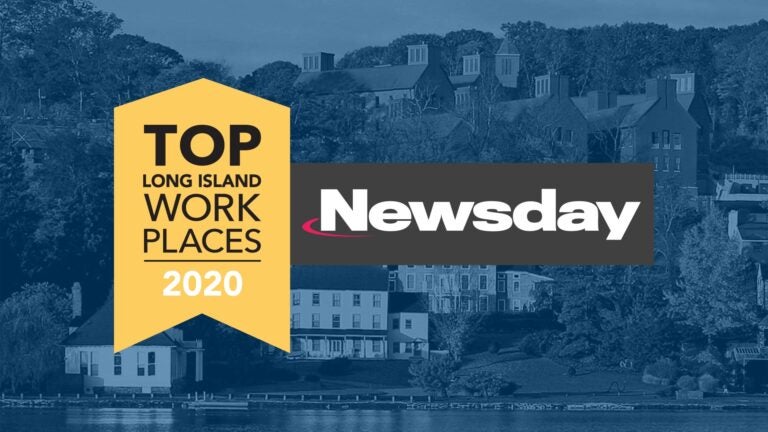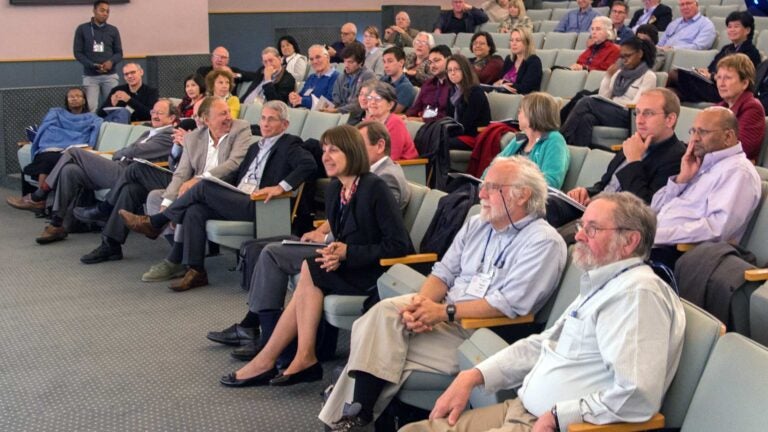Chief Operating Officer’s report
It is hard to understate the impact of COVID-19 on the operations of Cold Spring Harbor Laboratory (CSHL) in 2020. The pandemic affected every aspect of our enterprise, and yet CSHL is emerging from COVID-19, financially and operationally, as a more resilient organization.
Financial resources
COVID-19 adversely affected every revenue source, so at the June 2020 Board meeting management projected that revenues would be down by 20%. Leadership committed to balancing the budget while protecting employees and benefits. Nonscientific hiring was suspended; capital investments were slashed; some operating reserves were released; and all discretionary spending was eliminated.
Mitigation strategies began to work almost immediately. The Educational Divisions pivoted from in-person to virtual programs, recovering a portion of their revenues. Scientists needed to continue meeting, even if it was virtual. Families sought to engage their home-bound children online with the educators and rich content of the DNA Learning Center (DNALC).
Research, which generates income from external grants, dropped off in the late spring but slowly recovered. Procurement was and remains challenged by supply chain shortages, initially involving Personal Protective Equipment for on-site workers and now in basic laboratory supplies. Some labs altered their physical layouts to increase social distance. New work shifts had to be arranged and safety and cleaning protocols established. This revenue source recovered somewhat from the mid-year projection but still ended up down 15% in 2020.
The Graduate School’s operations were unaffected financially. The Press exceeded its financial goals, with demand for the pre-print services, medRxiv and bioRxiv, especially for any work COVID-related, expanding significantly. The Banbury Center and Courses could not replicate their programs with virtual alternatives.
The most positive change in revenues came from Annual Fund support, which exceeded the goals Advancement had set. This show of support from our donors at a time of great need is deeply gratifying.
Revenues from the endowment were unchanged: an operating draw of 4.5% of a trailing 12-quarter average. The endowment’s value grew from $670m to $737m, which is the net of gifts, an investment return of 11.3%, and the operating draw. This critical funding source remains stable with an average 10-year net return of 7.2%, exceeding inflation and the operating draw by almost 1%.
Operating matters
Responding to COVID-19 was the highest priority. All parts of the institution had to re-tool their business models and figure out how to work safely and effectively. Initially, on-site staffing was reduced to a limited number of labs involved in COVID-related research, a core group of Administrators, and most of the Facilities staff. A Return the Workforce (RTW) Committee developed a RTW Plan to ensure safe conditions during different phases of the pandemic. Human Resources and Public Affairs collaborated to disseminate these policies and guidelines to employees. Approximately 20% of staff continue to work remotely with relatively high effectiveness. The Lab has been off-limits to regular visitors for over a year.
Human resources
While not on the Lab’s balance sheet, people are our most valuable asset. It is through the ideas, passion, and collaboration of more than 1,000 employees that our mission comes to fruition. It was appropriate then that the Board and management decided not to furlough any employees as a result of COVID-19.
During the year, Dr. Stillman held six virtual Town Hall sessions via Zoom to discuss our challenges openly within our community. Human Resources created programs for employees and families to connect during a time of stress and isolation. Throughout the year the Lab provided free COVID testing for symptomatic staff at our Wellness Center, and then partnered with Northwell Health on free on-site testing for asymptomatic employees and their families.
The Lab made progress on two initiatives launched pre-COVID: expanding the programs of the Diversity, Equity and Inclusion (DEI) Office; and, hiring an Ombuds to provide staff with a confidential, informal and neutral resource for productive communications.
Lessons learned; looking forward
While we continue to operate under COVID restrictions, we can draw some conclusions to prepare for the next crisis, regardless of the source.
Many of our programs will retain a virtual component. Though all programs look forward to returning to in-person activities, hybrid virtual/in-person models allow our programs to be larger, more global, and diverse.
Sustained investment in people is a top priority, especially in difficult times. Researchers, educators, and other staff need to be agile enough to adapt to unforeseen events. Planning only goes so far; more important is creating a culture of flexibility, trust, and good communication. Centralized decision-making needs to be balanced with manager-level freedom to act within guidelines.
John P. Tuke
Chief Operating Officer





